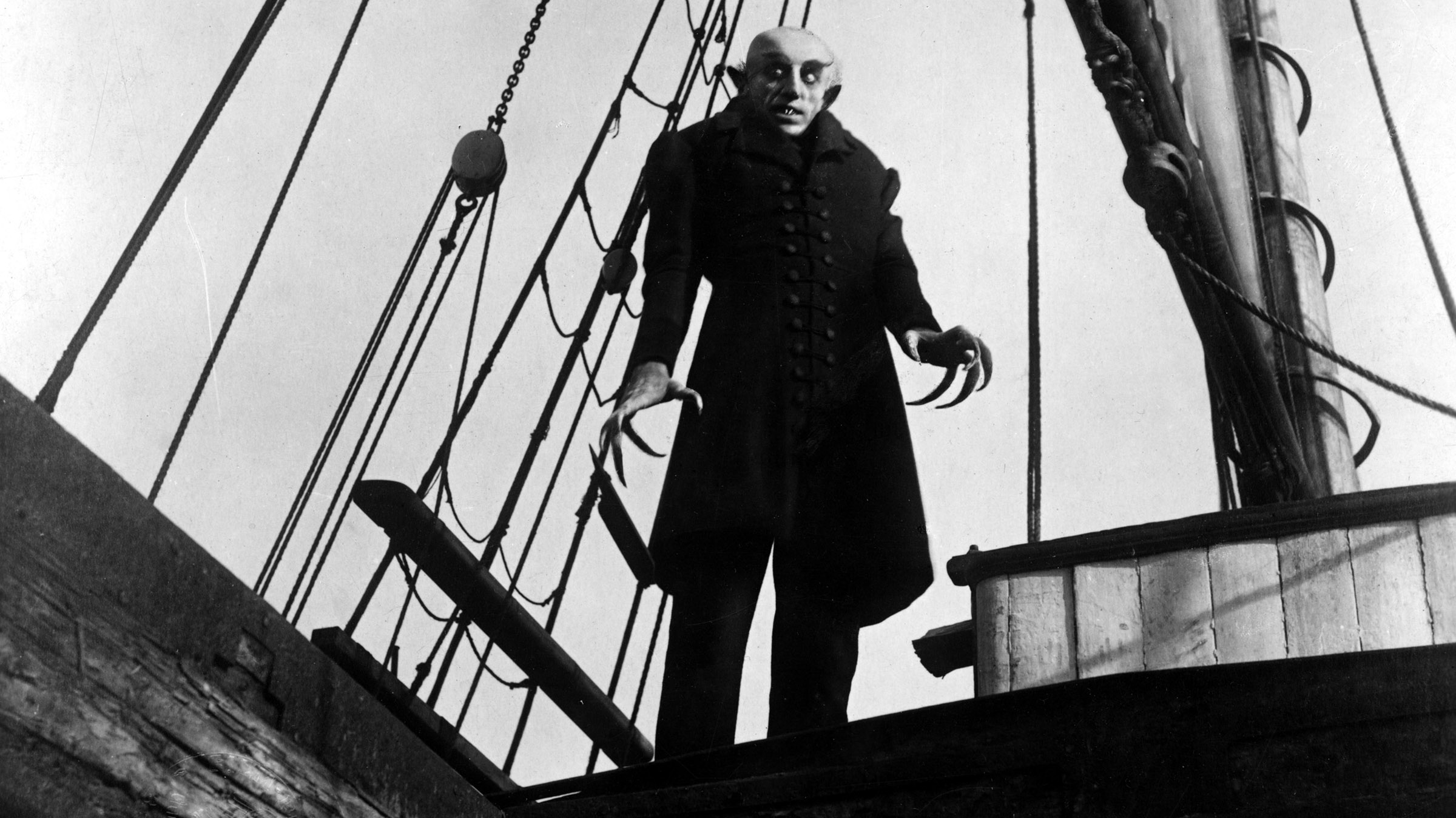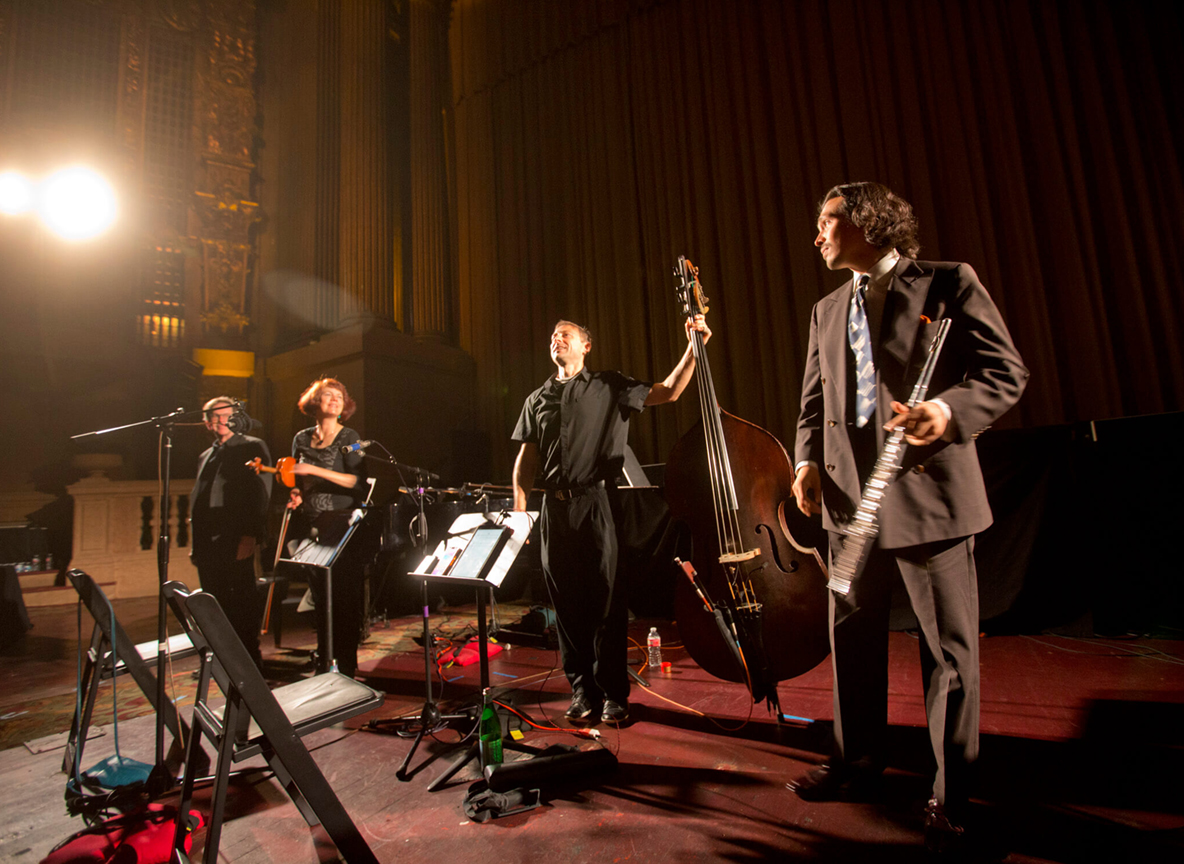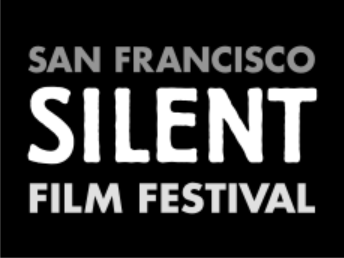
F.W. Murnau’s Nosferatu
THIS SHOW IS SOLD OUT. There may be rush tickets at the door at showtime on a first-come basis.
“To watch F.W. Murnau’s Nosferatu (1922) is to see the vampire movie before it had really seen itself. Here is the story of Dracula before it was buried alive in clichés, jokes, TV skits, cartoons and more than 30 other films. The film is in awe of its material. It seems to really believe in vampires.”
—Roger Ebert
“The really good horror films don’t just scare us—they haunt us. Death, disease, contagion, blood, rot, rats, the damp earth of the graveyard and the horrors of the night are all ingredients of the vampire story and still have the power to chill at 3 o’clock in the morning, ‘the soul’s midnight.’ F.W. Murnau’s Nosferatu is subtitled ‘a symphony of horrors’ and it uses every cinematic instrument to instill a sense of unease and growing dread in the audience.”
—Bryony Dixon, 100 Silent Films
Below is a review by Béla Balázs that ran in the March 1923 issue of the Viennese daily newspaper, Der Tag. Translation by Alex H. Bush and courtesy of WeimarCinema.org, where you can delve into an extensive dossier on Nosferatu.
There was a movie called Nosferatu, which rightly called itself “A Symphony of Horror”. Fever and nightmares, night shadows and premonitions of death, delusions and ghostly hauntings were woven into the images of gloomy mountain landscapes and stormy seas.
There was also a ghostly carriage in the forest, which was neither supernatural nor gruesome. But there was an air of the supernatural over his nature paintings. Storm clouds in front of the moon, a ruin at night, a dark, unrecognizable silhouette in the empty courtyard, a spider on a human face, the ship with black sails sailing into the canal and no living creature visible to steer it, howling wolves in the night, and horses suddenly frightened without us knowing why-these were all possible images in nature. But a frosty breeze from the other world blew into them.
It is certain that no written or spoken poetry can express the ghostly, the demonic, and the supernatural in the way that film can. For man’s language is a product of his rationality, and therefore even the Orphic words of dark magic are at best incomprehensible, but not supernatural. This essentially means that words become incomprehensible when they are not understood. This is the self-defense of human intelligence. But a sight can be clear and understandable even though it is incomprehensible. And that is what makes our hair stand on end.
Live music by the Sascha Jacobsen Quintet

2022 Latin Grammy Nominee Sascha Jacobsen was born into a musical family, going as far back as his great, great, great, great-grandfather, who was a bassist for the Moscow Opera. His mentors include Michael and James Finley, John Brecher, Nico Abondolo, and Dennis Trembly, among others. He completed a Master’s degree at the University of Southern California and has served on the faculty at The California Jazz Conservatory, Humboldt State University, and Laney College.
Sascha has performed with Kronos Quartet, Rita Moreno, Hugh Jackman, Martin Short, Mandy Patinkin and Patti LuPone, Marc Shaiman, Bonnie Raitt, Randy Newman, Flamenco greats Chuscales, Jose Luis Rodriguez, and Juanito Pascual, and many others. He is a founding member of the Classical Revolution movement and has performed with Adam Theis and the Jazz Mafia.
Sascha also performed as principal bass with the Santa Cruz Symphony and the American Musical Theatre in San Jose. He performed in premiere productions of Rita Moreno’s Life Without Makeup, Martin Short’s Fame Becomes Me, and Hugh Jackman’s In Performance, recorded the new cast album of A Chorus Line, and has toured the world with the Argentine Tango group Trio Garufa.
The Sascha Jacobsen Quintet includes Ken Cook on piano, Sheldon Brown on woodwinds, Michele Walther on violin, Andy Lewis on percussion, and Sascha Jacobsen on bass.
Nosferatu
Director
F.W. Murnau
Country
Germany
Year
1922
Cast
Max Schreck, Alexander Granach, Greta Schröder, Gustav von Wangenheim
Source
Kino Lorber, courtesy of Murnau Stiftung
Format
Digital
